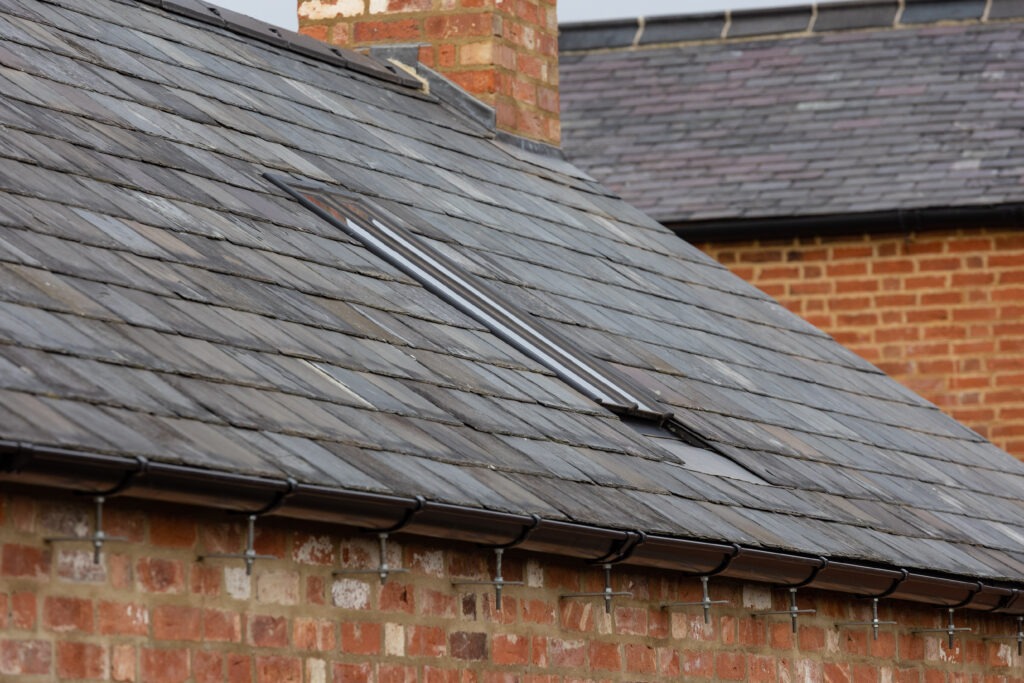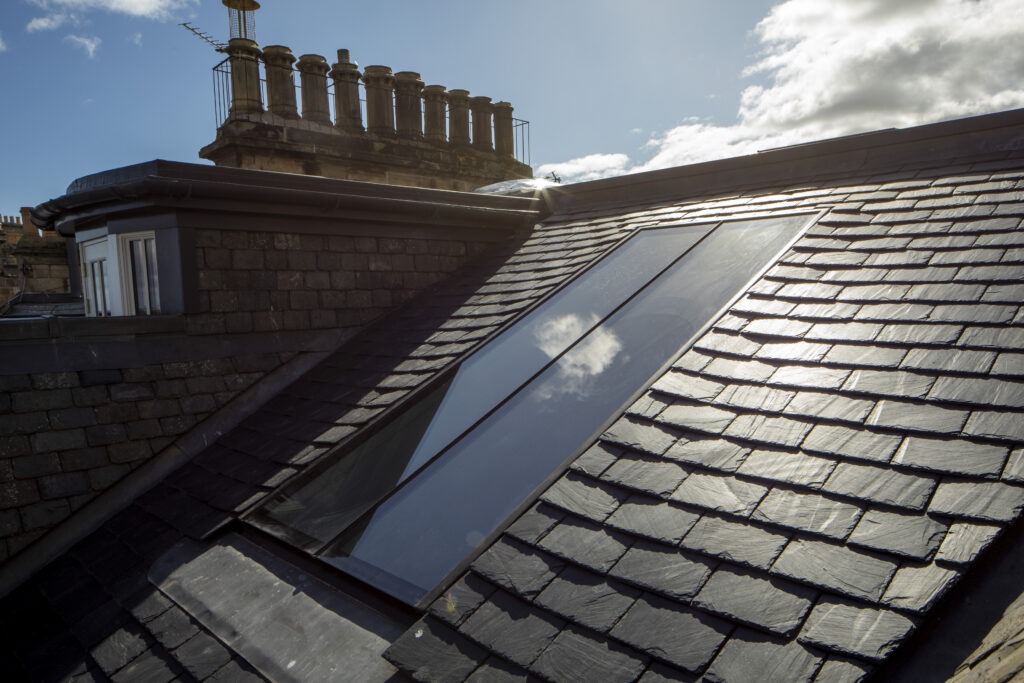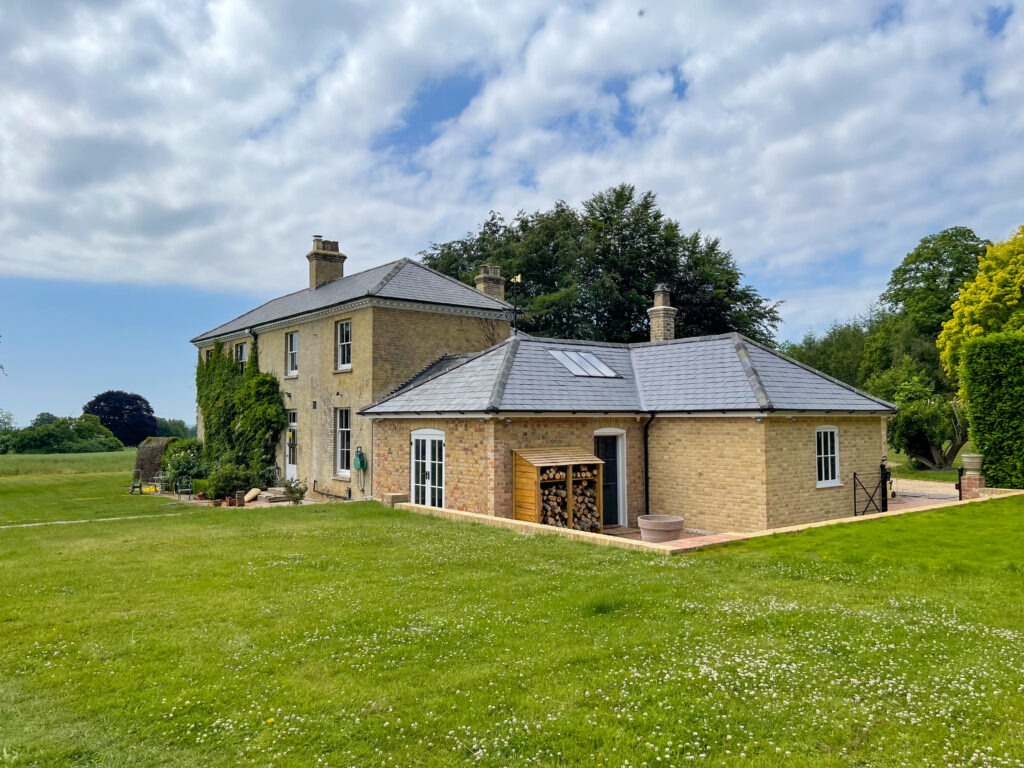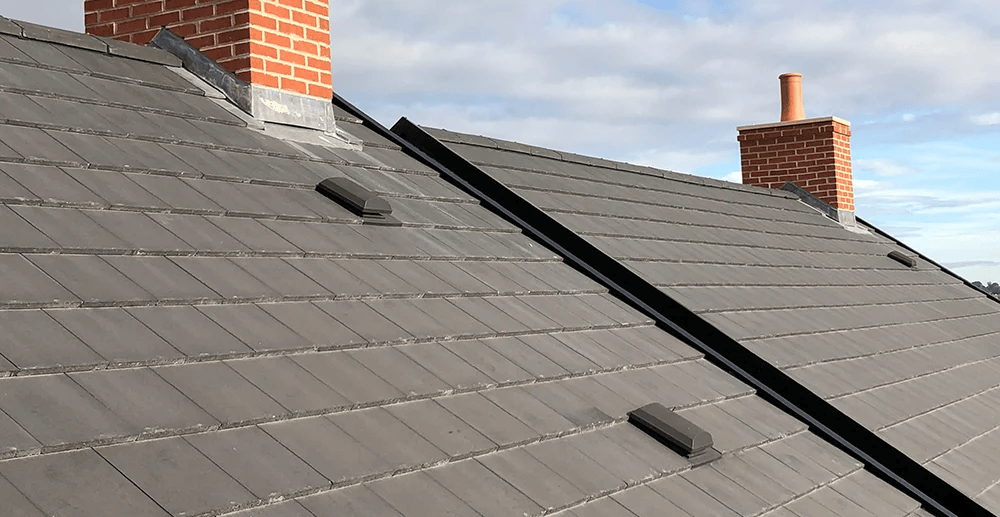In the world of architectural conservation, detail is everything. The success of a heritage restoration often comes down to the careful selection of materials and products that are appropriate not just visually, but in terms of performance, longevity, and historical authenticity. And yet, in recent years, we’ve seen a troubling trend: the rise of so-called “conservation-style” rooflights that rely on plastic components and imitation features to reduce costs.
At Stella Rooflight, we believe that if a project is worth doing, it’s worth doing properly and that means avoiding the use of inappropriate materials like plastic in your roof. Here’s why that matters.
Plastic Has No Place in a Heritage Roof
Imagine walking up to a listed Georgian townhouse. The windows are timber, the guttering is cast iron, and the front door retains its original character. But look up and there’s a rooflight with a plastic frame and a faux glazing bar stuck to the outside.
Would you accept plastic window frames on a heritage property? Or PVC guttering in place of cast iron? Of course not. Yet many conservation rooflights today are being supplied with plastic components, often because they’re cheaper or lighter, and somehow that’s become acceptable. But it shouldn’t be.
Plastic simply doesn’t have the durability, structural integrity, or visual authenticity needed for a conservation setting. It’s prone to degradation over time, especially under UV exposure, and it lacks the robustness and clean lines of steel or traditional metalwork.
Imitation Glazing Bars: A Shortcut Too Far
Another area where quality is frequently compromised is the use of fake glazing bars. These are typically plastic strips stuck onto the external surface of the glass to create the appearance of a traditional multi-pane design. But that’s all it is, an appearance.
A genuine glazing bar is integral to the rooflight’s structure. It separates panes of glass, contributes to the form and function of the unit, and reflects the architectural styling of the period. A stuck-on plastic strip, on the other hand, offers none of these benefits. It may even degrade or detach over time.
At Stella, all our glazing bars are genuine and structural; never stuck on. It’s one of the reasons conservation officers and architects trust our products for even the most sensitive restoration projects.
Why Are We Making Exceptions for the Roof?
There’s a strange inconsistency creeping into conservation design. Planners, specifiers, and homeowners rightly reject plastic for doors, windows, and rainwater goods, but then accept plastic in the rooflight.
Perhaps it’s due to a lack of awareness, or because plastic-based rooflights are easy to specify and fit. Maybe it’s just a matter of budget. But when inappropriate products are introduced into a heritage setting, the cost is more than just financial, it’s a compromise of the building’s integrity.
Restoration projects deserve better. They deserve a rooflight that honours the heritage of the building, not one that undermines it.
The Problem with Cheap Imports
Another concern is the origin of many plastic or imitation conservation rooflights. A significant number are manufactured overseas, mass produced with little consideration for UK planning requirements, historical design principles, or long-term durability.
When you specify a Stella Rooflight, you’re choosing a product that is designed, manufactured, and assembled in Britain. Our units are handcrafted in the Westcountry, using marine-grade 316L stainless steel, high-performance glazing, and sustainably sourced hardwood linings. We don’t cut corners. And we don’t believe in using plastic, or any other inappropriate materials.
Conservation Is About More Than Compliance
While some imitation rooflights may technically pass planning requirements at a glance, genuine conservation is about going beyond mere compliance. It’s about protecting the architectural story of a building. It’s about materials that age gracefully, endure the elements, and maintain their aesthetic over decades, not just until the next replacement cycle.
The roof is one of the most prominent and visible features of any property. A poor-quality or plastic rooflight detracts from the appearance and character of the building in a way that’s impossible to ignore once you’ve noticed it.
A Call for Better Standards
If conservation is your goal, then shortcuts won’t get you there. Plastic frames and stick-on bars may tick a box or save a few pounds upfront, but they come at a cost to your project’s authenticity and long-term value.
At Stella Rooflight, we believe in doing things the right way, not the easy way. That’s why every rooflight we make is bespoke, British-made, and built to last with materials worthy of the buildings they serve.
If you’re working on a heritage project and want to ensure every detail is right, including the roof, talk to us today.





